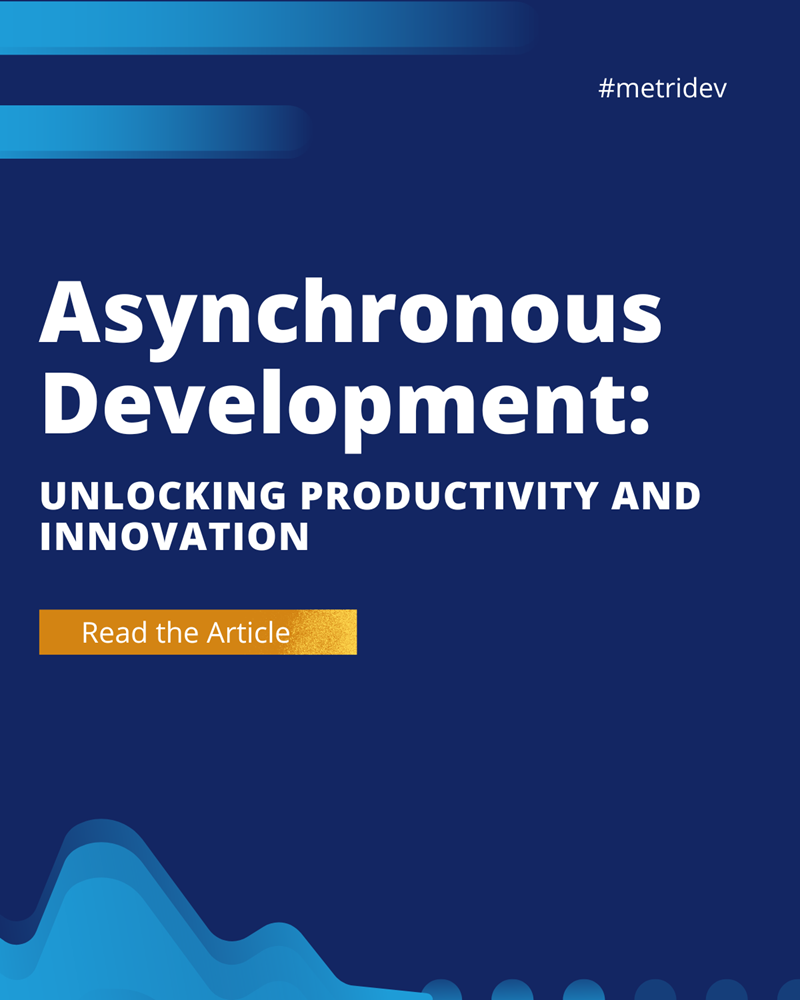Introduction
In today’s fast-paced world, decision-making plays a crucial role in both our personal and professional lives. Whether it’s choosing a career path, buying a house, or making business decisions, the ability to make informed choices is essential. This is where a decision framework comes into play. A decision framework is a structured approach that guides individuals or organizations in making smarter choices. By providing a systematic way to evaluate options, a decision framework empowers individuals to make decisions that align with their goals and values. In this article, we will explore what a decision framework is, the benefits of using one, and five good decision-making frameworks that can help you navigate through the decision-making process.
What is a Decision Framework?
A decision framework can be defined as a systematic and structured approach to making decisions. It provides a clear and logical process that helps individuals or organizations gather information, analyze options, evaluate alternatives, and ultimately make an informed choice. A decision framework serves as a guide, ensuring consideration of all important factors and basing decisions on objective criteria rather than emotions or biases. By following a decision framework, individuals can enhance their decision-making skills and increase the likelihood of achieving their desired outcomes.
Five Good Decision-Making Frameworks
1. The Rational Decision-Making Model: This framework is based on the assumption that individuals are rational decision-makers who carefully analyze all available information before making a choice. It involves identifying the decision, gathering information, evaluating alternatives, and making a logical decision based on the analysis.
2. The Bounded Rationality Model: This framework recognizes that individuals have limited cognitive abilities and may not be able to process all available information. Instead, decision-makers rely on heuristics or mental shortcuts to simplify complex decisions. This model emphasizes satisficing, which means choosing the first option that meets a predetermined set of criteria.
3. The Intuitive Decision-Making Model: This framework suggests that individuals can make effective decisions based on their intuition or gut feelings. Intuition is the ability to make quick and accurate decisions based on past experiences and expertise. This model is particularly useful when making decisions in high-stakes situations or when time is limited.
4. The Political Decision-Making Model: This framework recognizes that decisions are influenced by power dynamics and organizational politics. It acknowledges that decision-making is a social process and involves negotiation, compromise, and consensus-building. This model is especially relevant in organizational settings where multiple stakeholders are involved.
5. The Vroom-Yetton Decision Model: This framework emphasizes the importance of involving others in the decision-making process. It provides a series of questions that help decision-makers determine the level of participation required from others. By involving relevant stakeholders, this model aims to improve the quality of decisions and increase acceptance and commitment to the chosen course of action.
Benefits of Using a Decision Framework
Using a decision framework offers numerous benefits. Firstly, It offers a structured approach to decision-making, ensuring consideration and evaluation of all important factors. This reduces the risk of overlooking critical information and making hasty or biased decisions. Secondly, a decision framework promotes consistency in decision-making by offering a standardized process applicable to various situations. This enables individuals or organizations to make more objective and reliable decisions over time. Additionally, a decision framework enhances transparency and accountability by enabling clear communication and justification of the rationale behind each decision. This fosters trust among stakeholders and promotes a culture of informed decision-making. Lastly, a decision framework facilitates learning and continuous improvement. By evaluating the outcomes of past decisions, individuals or organizations can identify areas for improvement and refine their decision-making process.
The 5 Elements of Decision-Making Frameworks
A decision-making framework typically consists of five key elements:
1. Goals and Objectives: Clearly defining the goals and objectives that the decision aims to achieve is crucial. This provides a clear direction and focus for the decision-making process.
2. Criteria: Identifying the criteria or factors that will be used to evaluate different options is essential. These criteria can be quantitative (e.g., cost, time) or qualitative (e.g., customer satisfaction, environmental impact).
3. Alternatives: Generating a range of viable alternatives is important to ensure a comprehensive evaluation. This step involves brainstorming and considering different possibilities.
4. Evaluation: Evaluating the alternatives against the identified criteria enables a systematic comparison. Various decision-making tools and techniques, such as decision matrices or cost-benefit analysis, can facilitate this process.
5. Decision and Implementation: Making the final decision involves choosing the alternative that best meets the established criteria. After making the decision, the team should develop a plan for implementation and monitoring to ensure effective execution and evaluate its outcomes.

Steps in the Decision-Making Process
- Identifying the Decision to be Made: Clearly defining the decision that needs to be made is the first step. This involves understanding the problem or opportunity and setting clear goals and objectives.
- Gathering Information and Analyzing Options: Once the decision is identified, it is important to gather relevant information and analyze the available options. This step may involve conducting research, consulting experts, or collecting data.
- Evaluating the Alternatives: After gathering information, the next step is to evaluate the alternatives against the established criteria. This includes considering the potential risks, benefits, and trade-offs associated with each option.
- Making the Final Decision: Based on the evaluation, a final decision can be made. This step involves considering all the information and weighing the pros and cons of each alternative. The decision should align with the goals and objectives set earlier.
- Implementing and Monitoring the Decision: Once stakeholders make the decision, they must implement it effectively. This entails developing an action plan, assigning responsibilities, and monitoring progress to ensure achieving the desired outcomes.
- Regular monitoring and evaluation are important to identify any deviations and make necessary adjustments.
What is Decision Theory Framework?
Decision theory framework is a branch of mathematics and economics that provides a theoretical foundation for decision-making. It aims to analyze how individuals or organizations should make decisions in situations of uncertainty and risk. Decision theory framework considers factors such as probabilities, outcomes, and preferences to optimize decision-making. It provides a set of principles and models that help decision-makers maximize their expected utility or minimize their expected regret.
Examples of Decision Frameworks in Different Industries
Decision frameworks are widely used in various industries to guide decision-making across different sectors. Transitioning from one example to another, they serve as invaluable tools for professionals to navigate complex scenarios and make informed choices. For instance, in the healthcare industry, a decision framework aids medical professionals in treatment decisions, considering evidence-based guidelines, patient preferences, and available resources. Similarly, in finance, decision frameworks play a crucial role in evaluating investment opportunities, assessing risk, and managing portfolios effectively. Transitioning to marketing, decision frameworks assist marketers in selecting target markets, crafting strategies, and allocating resources efficiently. Furthermore, in supply chain management, these frameworks optimize decisions regarding procurement, production planning, inventory management, and distribution. Lastly, within environmental management, decision frameworks enable stakeholders to balance economic, social, and environmental factors when making crucial decisions, such as assessing the impact of projects on local communities and the environment.
Decision-Making Tools and Techniques
Within a decision framework, various decision-making tools and techniques can facilitate the evaluation and comparison of alternatives. Some commonly used tools include:
1. Decision Matrix: A decision matrix is a table that enables the comparison of alternatives against multiple criteria. It assigns weights to each criterion and scores each alternative accordingly, facilitating a comprehensive evaluation.
2. Cost-Benefit Analysis: Cost-benefit analysis is a technique used to assess the financial viability of different options. It involves identifying the costs and benefits associated with each alternative and comparing them to determine the most cost-effective option.
3. SWOT Analysis: SWOT analysis is a strategic planning tool that helps evaluate the strengths, weaknesses, opportunities, and threats associated with a decision. It provides a holistic view of the decision’s internal and external factors.
4. Pareto Analysis: Pareto analysis is a technique used to prioritize options based on their impact. It involves identifying the most significant factors or problems and allocating resources accordingly.
5. Decision Trees: Decision trees are graphical representations of decision-making scenarios. They help visualize the different alternatives, outcomes, and probabilities associated with each decision path.
Conclusion
Making decisions is an integral part of life, and using a decision framework can greatly improve the quality and effectiveness of those choices. By following a structured approach and considering all relevant factors, individuals and organizations can make smarter decisions that align with their goals and values. Whether it’s the rational decision- making model, intuitive decision-making, or any other decision-making framework, the key is to choose a framework that suits the specific context and requirements. By utilizing decision-making tools and techniques within the framework, the evaluation and comparison of alternatives become more objective and systematic. So next time you face a challenging decision, remember the decision framework and its five elements: goals and objectives, criteria, alternatives, evaluation, and decision implementation. With a decision framework as your guide, you can navigate the decision-making process with confidence and make choices that lead to success.
Start applying a decision framework to your decision-making process today and experience the benefits of making smarter choices. Read our article Agile Ceremonies: A Guide to Effective Project Management.








Leave a Reply